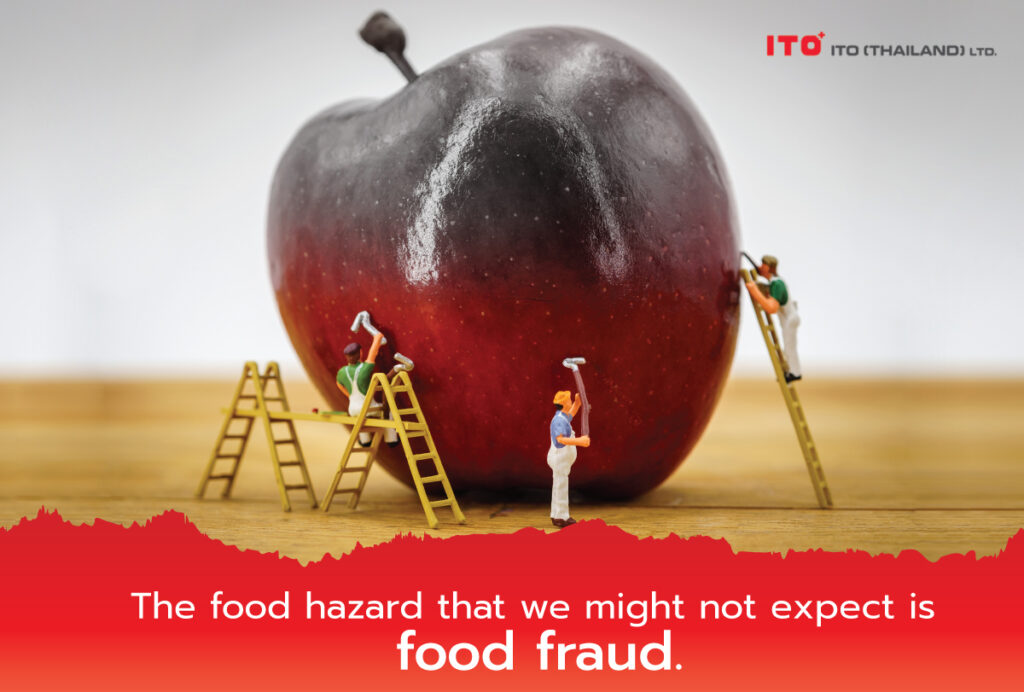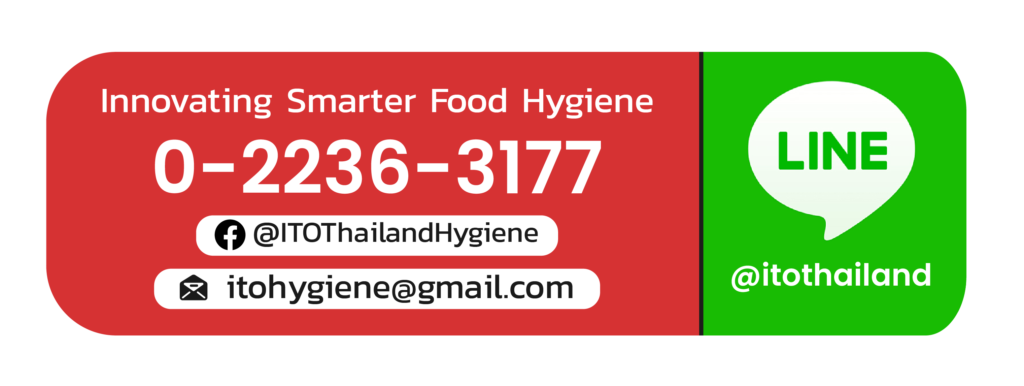ITO Thailand Hygiene Blog
Food fraud
Food fraud is a food resulting from intentional and deliberate activities (1) such as incorrectly presenting, mixing, diluting, or altering food quality information, ingredients, raw materials, containers or manufacturing processes on the label for the purpose of defrauding consumers and seeking to take advantage from such wrongful actions. The most common action is to take out some raw materials, use cheaper alternatives instead, and reduce production costs or inspection and safety standards. (2)
Food fraud poses serious problems for food safety and public health, affecting the reliability of the product, the reputation of the organization, the confidence of consumers in the food industry and related officials. It also has a high impact on the economy. According to the European Commission, damage value of food fraud costs more than 30 billion euros per year. (3) (The value is approximately 1.1 trillion baht with exchange rates as of February 2022.)
Fraud scheme can be divided into 7 forms: (1)
1.Dilution means the process of mixing high-value components with lower-value components.
2.Substitution means the process of replacing raw materials with something that has lower value.
3.Concealment means the process of concealing raw materials or low-quality food products.
4.Unapproved enhancement means the process of adding unknown and undeclared compounds to food products to enhance its quality properties.
5.Counterfeit means Intellectual Property Infringement.
6.Mislabeling means misrepresentation or putting false information on labels or packaging.
7.Grey market, forgery means trading products through distribution channels that are not authorized by the manufacturer or trademark owner.
The most obvious example of food fraud from news in Thailand is lead-stuffed shrimp head to add weight for sales or injecting the gel into the shrimp head to add weight and make it look appetizing. In addition to the issue of food fraud, lead is a heavy metal which negatively affects the body. Lead poisoning can cause illness or malfunction to the body. Or the gel that is used is usually not a gel that is safe for consumption (Non-food grade) and cannot be used with food. Because this food fraud is often cost-cutting, some people tend to choose what is the cheapest, not something that is safe for consumers. Therefore, we should pay attention and observe the appearance, color and weight of the shrimp whether it is abnormal or not every time when buying them.
Another fake food scandal is melamine adulteration in dairy products and milk powder in China (5) in 2008. Melamine was added to milk to make it appear that the milk had a high protein content and could pass the test. The manufacturing company was informed that their milk products were adulterated with melamine, but they ignored and did not notify the relevant officials, letting children to drink milk adulterated with melamine for months until more than 300,000 children across the country are reported sick and 6 people have died from kidney and urinary tract stones. After several months of investigation, it reached criminal prosecution, and finally those involved were sentenced to various punishments, including fines, expulsion, imprisonment, and death sentences. The incident caused a serious crisis in food safety in China. As a result, foreign trading partners suspend all dairy products imported from China, which was an invaluable economic damage.
As a consumer, it is challenging and difficult to prevent food fraud. However, as a manufacturer, there are guidelines, requirements and measures to protect the safety of consumers by establishing food fraud management to allow people to have access to information and product details, including the establishment of a Traceability system, Hazard Analysis Critical Control Point (HACCP) system, including Treat Assessment Critical Control Point (TACCP) and Vulnerability Assessment Critical Control Point (VACCP), and also other certificates related to food safety especially those that have been certified by the Global Food Safety Initiative (GFSI), such as BRC Issue 8 (6) , FSSC 22000 v5.1, SQF Codes Edition 9 and so on, which we will talk about the details of these requirements next time. Food safety information is always changing because it needs to be kept up-to-date and current, such as BRC Issue 9 expected to be released in Q3 of this year, and we will be waiting to see if there is any improvement or any change in any part.
ITO THAILAND would like to stay beside the consumers by taking part in developing and improving the production process together with food manufacturers to be standardized, hygienic, legitimate with food law and take the best interests of consumers into account by offering services to manage hygiene measures according to the work site of each food factory, raising awareness about hygiene, providing hygiene management and consultation with on-site workers and also providing comprehensive after-sales service.
Please click here to know more about us.
References
1.European Commission. Food fraud: What does it mean? [Internet]. [cited 15 Feb 2022]. Available from https://ec.europa.eu/food/safety/agri-food-fraud/food-fraud-what-does-it-mean_en
2.Breanna Gabbert. Eyes bigger than their stomach: Deceit in the Australian food market [Internet]. 2021 [cited 15 Feb 2022]. Available from https://www.counterfraud.gov.au/news/general-news/eyes-bigger-their-stomach-deceit-australian-food-market
3.Food and Agriculture Organization of the United Nations. Food fraud: Intention, detection and management [Internet]. 2021 [cited 15 Feb 2022]. Available from https://www.fao.org/3/cb2863en/cb2863en.pdf
4.Australian Food News. The 12 foods that top corruption by food fraud [Internet]. 2016 [cited 15 Feb 2022]. Available from https://www.ausfoodnews.com.au/2016/11/28/the-12-foods-that-top-corruption-by-food-fraud.html
5.Tania Branigan. Chinese figures show fivefold rise in babies sick from contaminated milk [Internet]. 2008 [cited 16 Feb 2022]. Available from https://www.theguardian.com/world/2008/dec/02/china
6.Paweena Maneepon. Understanding Food Fraud [Internet]. 2020 [cited 15 Feb 2022]. Available from https://www.bsigroup.com/globalassets/localfiles/en-th/webinars/understanding-food-fraud-webinar.pdf
Related Post
-
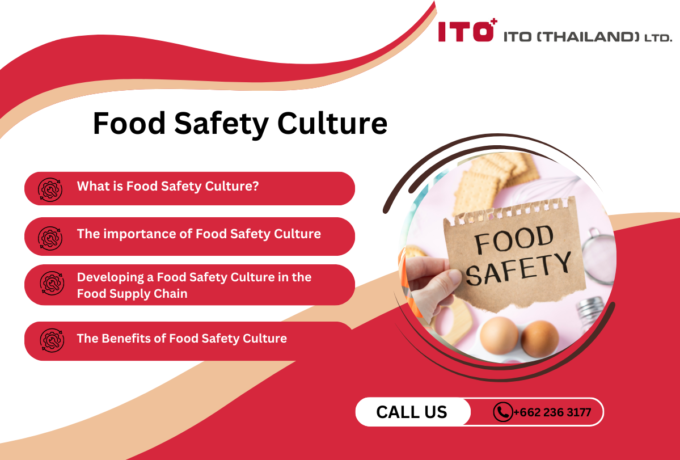
Food Safety Culture
Food safety culture plays a crucial role in safeguarding the company's reputation, ensuring the well-being of its employees, and providing a safe experience for its customers.
-
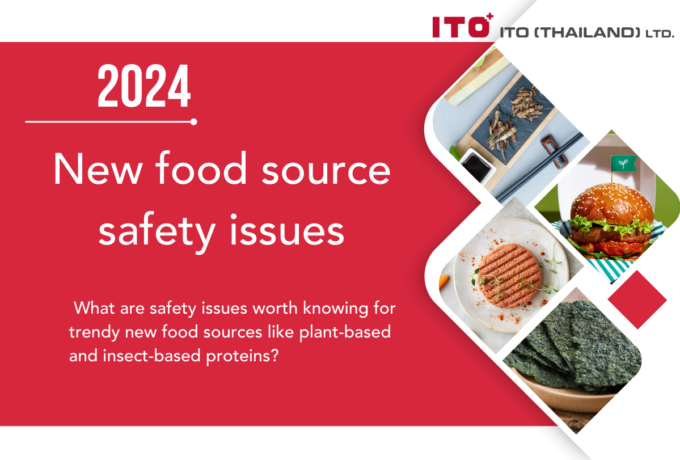
New food source safety issues
What are safety issues worth knowing for trendy new food sources like plant-based and insect-based proteins?
-

British Retail Consortium (BRC) Standard
Food safety management systems play a vital role in ensuring the production and distribution of safe and high-quality food products to consumers. With the global food supply chain becoming increasingly complex, food businesses must implement effective systems prioritising safety, quality, and compliance with industry standards. A food safety management system encompasses a set of procedures, processes, and controls designed to identify, prevent, and manage potential hazards at every stage of the food production and supply process. This proactive approach not only safeguards consumers' health but also protects the reputation and credibility of food companies in an ever more competitive market.
-
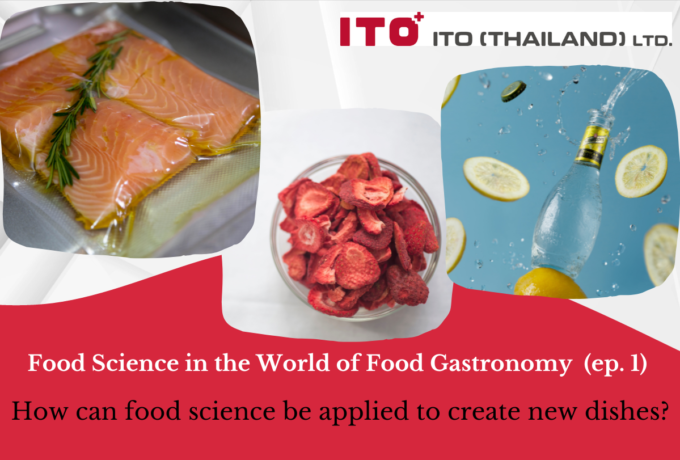
Food Science in the World of Food Gastronomy (Part 1)
How can food science be applied to create new dishes?
-
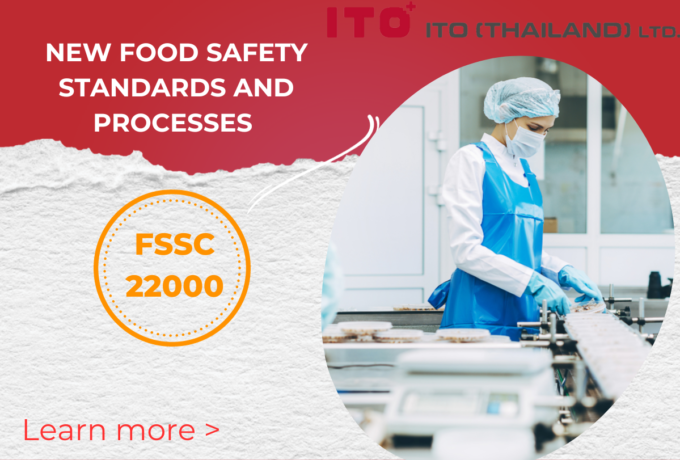
FSSC 22000
Food manufacturers must ensure food safety standards and processes. FSSC 22000 is an official certification program for Food Safety Management Systems (FSMS) recognised by the Global Food Safety Initiative (GFSI). This certification scheme offers a set of guidelines and procedures to ensure uniformity, openness, and safety across your entire supply chain. It applies to all companies operating within the food and beverage industry, ranging from farmers to retailers. By fulfilling the necessary criteria and obtaining FSSC 22000 certification, it is demonstrated that the required standards for food quality and implementing effective processes to manage and mitigate risks associated with food fraud, foodborne illnesses, expensive recalls, and other external threats are met.
-

Food Safety Aspects of Artificial Sweeteners
Artificial sweeteners, also known as sugar substitutes, non-nutritive sweeteners, or high-intensity sweeteners, are artificially produced compounds utilised in place of sucrose (table sugar) to add sweetness to food and drinks. Due to their significantly higher sweetness than regular sugar, only a fraction of artificial sweeteners (200 to 20,000 times less) is required to achieve an equivalent level of sweetness. Since the caloric contribution of these sweeteners, when used in such small quantities, is insignificant, they are often referred to as non-nutritive (4).








